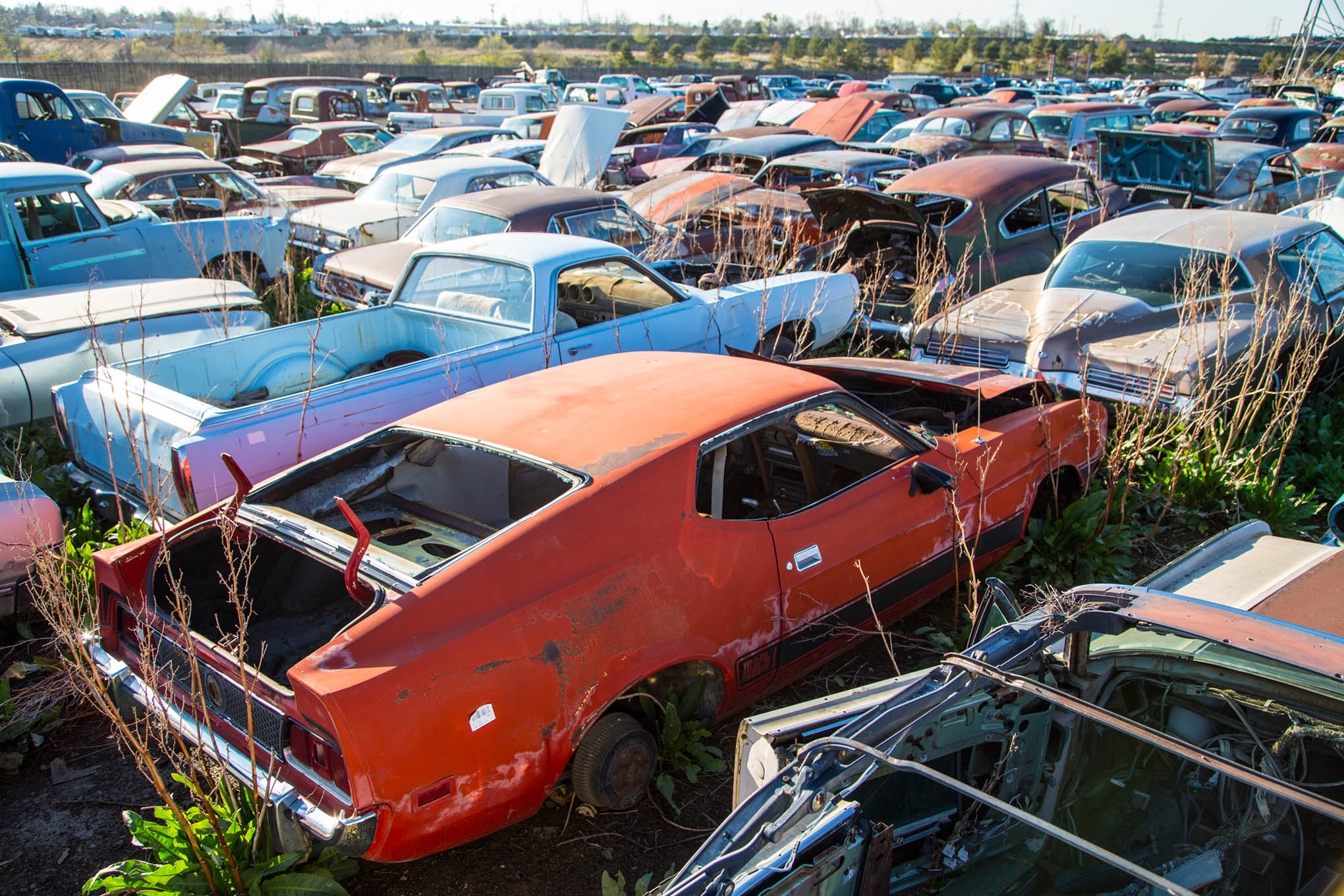
Ministry of Road issues scrappage policy draft guideline
In a step towards legalising the scrappage industry, Ministry of Road Transport and Highways comes out with draft guidelines.

In a step towards legalising the scrappage industry, Ministry of Road Transport and Highways comes out with draft guidelines.
The union government has come out with a set of guidelines for safe and regulated disposal of used vehicles. The rules aim to promote “legally compliant” vehicle dismantling and scrappage industry. Recently the Ministry of Road Transport and Highways came up with a draft guideline after consultation with the Ministry of environment, forest and climate change and the ministry of steel.
The government expects that the new policy would help control pollution levels and promote a legally backed scrapping industry. The authorisation for setting up the facility shall be valid for the first 10 years, and shall be renewed for the next 10 years, if the authorised scrapper has not been in default of the guidelines.
To control pollution, entities setting up the facilities have to meet minimum technical requirements for collection and dismantling in accordance with the guidelines mentioned by the pollution control board. They will also have to acquire a no-objection certificate from the state pollution control board within six months of operations. The guideline specifies that scrapping facilities have to be set up in large areas with adequate space for vehicular movement. They should also have an environment management plan and certified de-polluting equipments. CCTV cameras should be installed at the scrapping yard in customer and vehicle reception area for regular monitoring.
ALSO READ: This November, private CNG vehicles too must follow odd-even rule in Delhi
Car manufacturers will be allowed to set up their own scrapping centres. M&M in a joint venture with the government-owned MSTC, set up India’s first automated vehicle scrapping and recycling facility Mahindra Cero last year. Reports suggest that Maruti Suzuki will set up old vehicles dismantling plant with a subsidiary of Toyota.
The guidelines mentioned in the draft policy will apply to all vehicles that do not have a valid registration, in cases where owners are willing to scrap their vehicles, or where enforcement authorities have to scrap vehicles seized by them. Also, damaged vehicles or ones that become obsolete are declared scrapped.
The certificate of vehicle scrapping is the certificate issued to recognise the final disposal of a vehicle. Owners of scrapped vehicles will be given a certificate of vehicle scrapping by an authorised operator. A separate record of the scrapped vehicle will be registered in the national register for vehicles, VAHAN, which is the vehicle database of the transport ministry.
To ensure compliance of the guidelines, physical inspection and site visits would be carried out by the authorities. The draft guidelines are attached for comments for stakeholders, including general public till November 15, 2019.
To phase out disposal of older, polluting vehicles, the road transport and highways ministry already prepared a vehicle scrapping policy, the specifics of which are yet to be made public. It has been sent to the cabinet for approval.
In an analysis, ratings agency India Ratings and Research said effectiveness in countering pollution can be achieved only if vehicles are scrapped on the basis of the emission standards rather than the years of utility. The aim of the proposed policy is to control carbon emissions.
Jinesh Rajpara, analyst, India Ratings and Research said, “Since, the proportion of old-aged vehicles is low, scrapping them will not make any meaningful contribution in reducing pollution. Currently, most of the vehicles that ply on road are BS 3 or BS 4 vehicles. So, the vehicles that need to be scrapped have to be concentrated, especially the state-run transport buses.”
ALSO READ: Stakeholders prepare for switch over to electric vehicles
India is the fourth largest car and light commercial vehicle market by volume. The National Green Tribunal noted that the number of ‘end of life vehicles’ will be over 21 million by 2025. Approximately nine million vehicles, of which 75% are two-wheelers, will be due for scrapping by 2020.
At present, the used vehicles end up in scrap yards, where workers use several unscientific methods to dispose vehicles. A major reason for this is because they lack space and technology to fit the requirements. This is a cause of major concern as it encroaches public space and causes an environmental hazard. Parts of the discarded vehicles like tyres, batteries and other components begin to decay. Around 60% of the abandoned tyres end up in landfills according to a report by Chintan, which is an environmental research and action group.
In its blog, Mahindra Cero, the scrapping & recycling facility of Mahindra reported that 15 lakh tonnes of steel scrap, 1.8 lakh tonnes of aluminium and 75,000 tonnes of plastic and rubber can be recovered by 2020 if recycled.
The legalisation move has been undertaken to formalise the sector and ensure large players enter the market.


